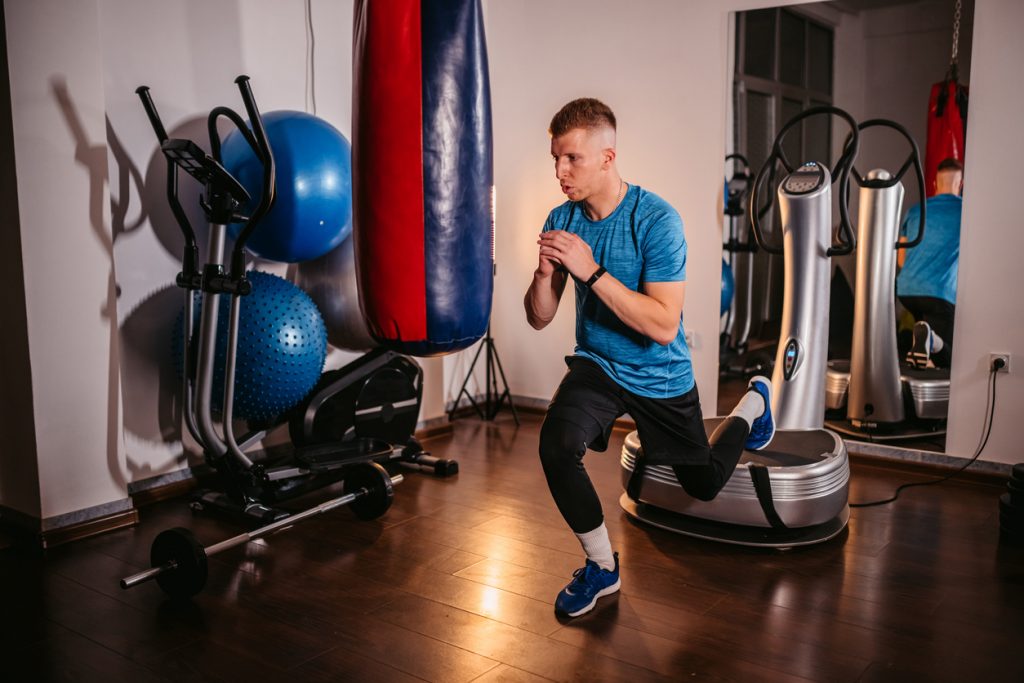
Therapr Team
Athletes constantly push their bodies to the limit, making them vulnerable to injuries. While strength and endurance are crucial, training that mimics real-life and sport-specific movements is equally important. This is where functional training comes in — a method that conditions the body to move efficiently and safely.
Functional training targets the movements and skills needed during sports activities, developing strength, coordination, balance, and flexibility in a way that traditional workouts often miss. It’s a proactive approach to injury prevention and athletic performance enhancement.
Functional training focuses on exercises that simulate everyday activities and athletic movements. Instead of isolating a single muscle group (like bicep curls), it emphasizes integrated, multi-joint actions (like squats, lunges, and rotational exercises) that engage multiple muscles at once.
Key characteristics include:
Functional training offers multiple protective benefits for athletes:
Some highly effective functional exercises include:
Including a variety of these exercises ensures comprehensive development of the body’s protective systems.
To maximize injury prevention, functional training should be:
Working with a qualified coach or physiotherapist ensures correct technique and individualized programming.
Traditional Strength Training:
Functional Training:
Key Takeaway:
Functional training is a smart and essential strategy for athletes who want to prevent injuries and perform at their peak. By focusing on how the body moves rather than just how strong it is, athletes develop resilience, efficiency, and athletic intelligence. Whether you’re a professional competitor or a weekend warrior, integrating functional exercises into your training can help you stay healthy, active, and successful.
Author profile
Read more articles by Therapr Team.



Get the latest wellness insights delivered to your inbox.
Subscribe to Newsletter